News
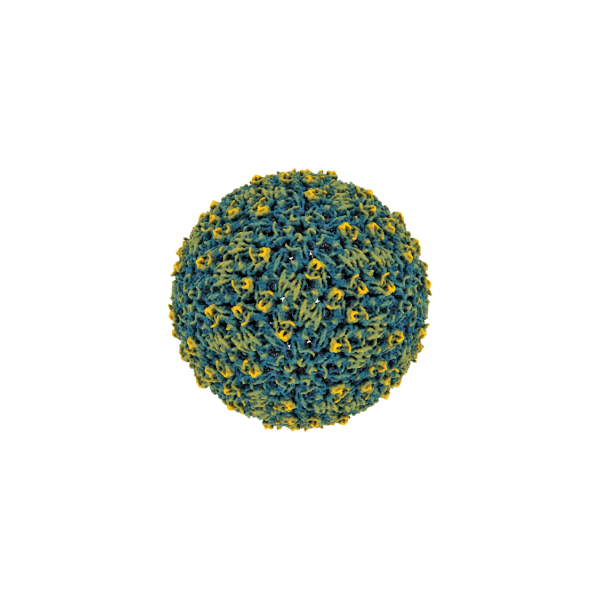
Jul 10, 2025
Structure of tick-borne virus revealed at atomic resolution for the first time
Rates of the Powassan virus infections — which can cause seizures and paralysis — are increasing across commonwealth, nation.
Full Article

Jul 08, 2025
Fungicides intended to suppress turfgrass diseases may damage fairways
Golf course managers have much more insight into which fungicides to use to suppress turfgrass diseases, such as the common and costly dollar spot disease, without damaging the grass on their fairways, thanks to a new study by researchers at Penn State.
Full Article
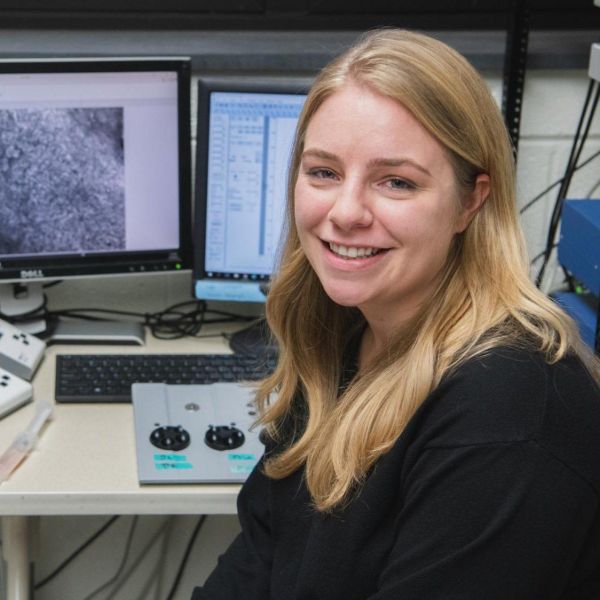
Jul 08, 2025
Q&A: Does adolescent alcohol use impact future risk of addiction?
Postdoctoral fellow Laurel Seemiller studies the biology and long-term consequences of adolescent alcohol usage. In this Q&A, Seemiller spoke about her research and her experience at Penn State.
Full Article

Jul 07, 2025
‘Scialog’ grant to study how rising ocean temperatures affect fish behavior
A wildlife behavioral ecologist at Penn State is part of a multi-institution team that received funding from Scialog: Neurobiology and Changing Ecosystems, a international three-year initiative that aims to spark new science exploring neurobiological responses to rapidly changing environments.
Full Article

Jun 11, 2025
Q&A: Unifying the microbiome sciences for global health and sustainability
Recently, members of Penn State's One Health Microbiome Center published an article in the American Society for Microbiology’s flagship journal, mBio. In this Q&A, a few of the paper’s authors discussed how the center is leading the charge to breakdown traditional disciplinary silos and expand the One Health focus to include more than just pathogenic microbial threats.
Full Article

Jun 04, 2025
Huck Chair in Nanomedicine plans to take research from bench to bedside
As biomedical challenges grow more complex, Penn State’s Dipanjan Pan is pioneering a multifaceted approach to nanomedicine that spans basic research, clinical translation and entrepreneurial deployment.
Full Article

Jun 04, 2025
$2.9M grant funds study on long-term effects adolescent binge drinking
An interdisciplinary team of researchers at Penn State will use a new five-year, $2,900,000 grant to investigate the long-term effects of excess alcohol drinking during adolescence.
Full Article
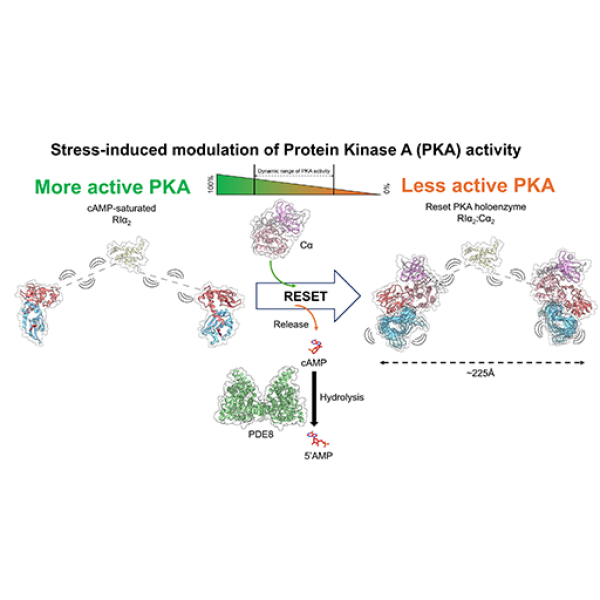
May 29, 2025
Resetting the fight-or-flight response
New study reveals mechanism responsible for resetting key molecular cycle involved in response to stress and starvation.
Full Article
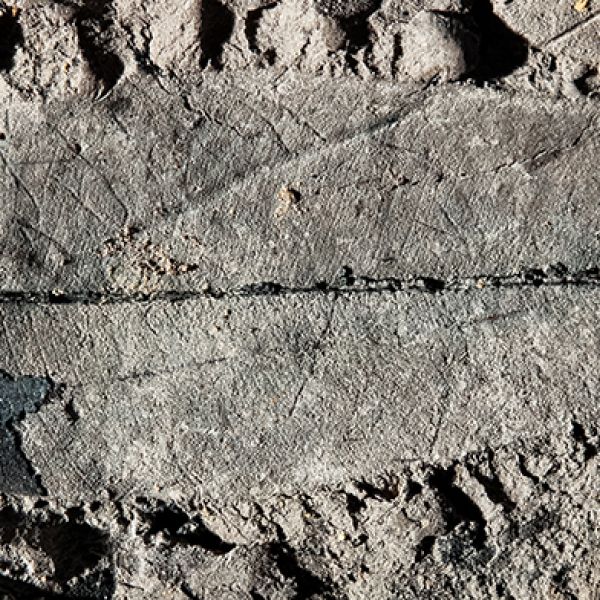
May 09, 2025
First fossil evidence of endangered tropical tree discovered
The finding offers new insights into Asia’s rainforest history, researchers say.
Full Article
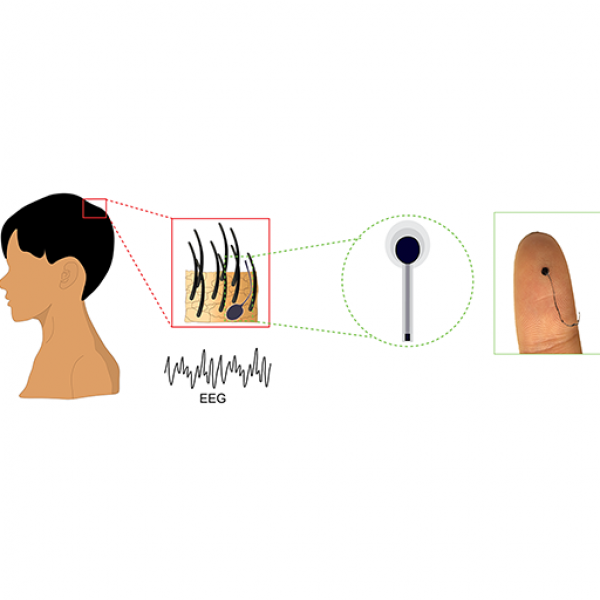
May 05, 2025
The future of brain activity monitoring may look like a strand of hair
A new hairlike electrode makes long-term, high-quality EEG monitoring less cumbersome and inconspicuous.
Full Article